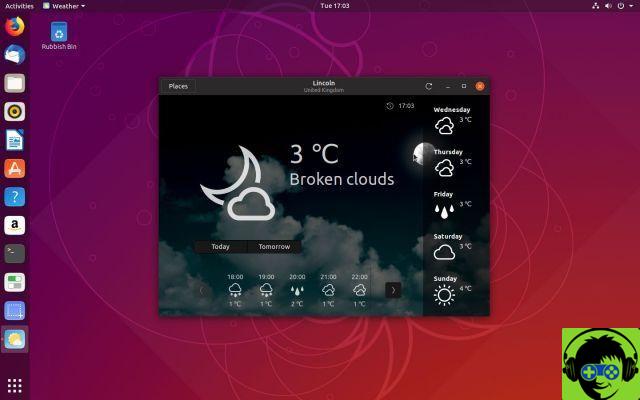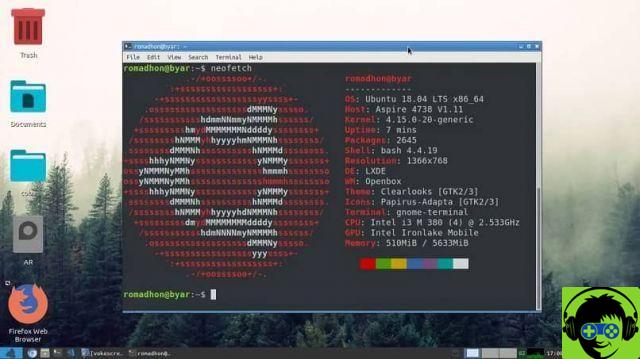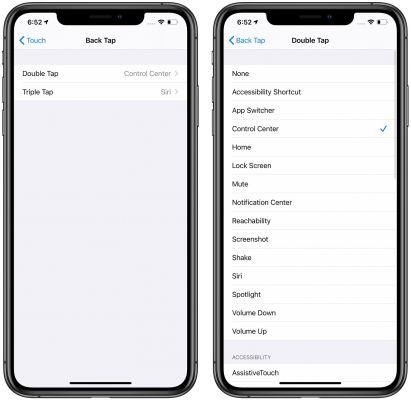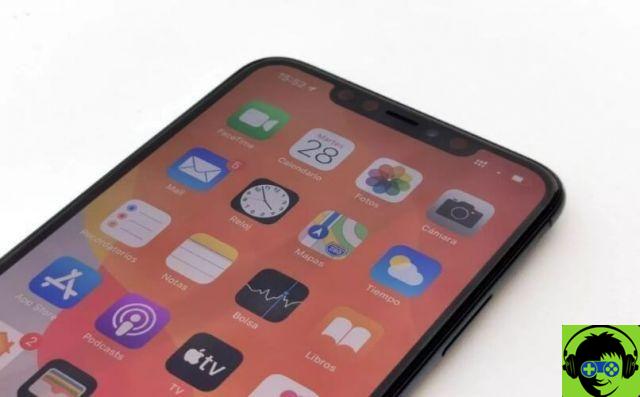Have you ever wondered what are all the versions of the android system and their features? In this article we will make a report of the Android system and the features that have been introduced in each of them.
Summary of all Android versions and their main features
The original idea of the founders of Android Inc. was to create the best operating system for digital cameras. His attention shifted to the world of mobile phones as he saw that it was a larger market. And in 2005, Google bought the company.
The first versions (which have not seen the light) were designed for phones with physical keyboard, Blackberry style. But in 2008 Apple imposed a new one for current cellphones, so Google decided to adapt its operating system to touch phones with a large diagonal. After a few beta versions, the first official Android edition was born.
Android 1.0
In October 2008, the HTC Dream, the first mobile with Android. From this first version, the operating system already included features that persist to this day: Gapps, Android Market, notification panel and widgets. Some bugs have been fixed with version 1.1.
Android 1.5
In April 2009 this new version was officially launched, starting a tradition that made the alphabet "sweet". While there have been many improvements, what stands out the most is the inclusion of a virtual keyboard.
Android 1.6 Donut
Launched in the same year, Android Donut began supporting different screen resolutions and CDMA networks. A speech synthesis system has been introduced. Additionally, some Gapps have been redesigned in a more attractive style.

Android 2.0 Eclair
Also in 2009 this new version comes out. Among the major changes, the navigation GPS on Google Maps and an app drawer.
2.2 Android Froyo
Among other improvements, this version introduced voice commands, the ancestor of Google Assistant.
Android 2.3 Gingerbread
With this version the emphasis has been placed on the visual aspect, now the colors have been accentuated more, especially green. Support for multiple cameras has also been added as well NFC connectivity, among other systems.
Android 3.0 a nido d'ape
Released in 2011, this version has been released for tablets only. There was another change in appearance, aside from the inclusion of virtual buttons, task menus, and a quick settings panel.
Android 4.0 Ice Cream Sandwich
This version offered mobile phones many of the features that were only available for tablets. There was an aesthetic restyling and the inclusion of new functions.
4.1 Android Jelly Bean
It was released in July 2012. It brought an interface with it smoother and without delays. It brought quick settings to the notification panel, included accessibility improvements, and introduced Google Now.
4.4 Android Kitkat
With kitkat the interface has been updated and new functions have been added. For example, the immersive mode when running an application.

Android Lollipop 5.0
The Holo look is put aside and the Material Design, modified which gave a more modern look to the interface. Performance and resource utilization improvements have also been made.
Android 6.0 Marshmallow
It arrived in 2015. It introduced an improvement in the use of the battery and in terms of app permissions.
Android 7.0 Torrone
This version has paid attention to some bugs inherited from previous versions. L' accent era place on performance and how third-party apps could use all system features.
Android 8.0 Oreo
Oreo arrived in 2017 and introduced improvements in how the mobile received updates. Also the use of resources of the app in background has been improved .
Android 9.0 cake
This version, released in 2018, emphasized user privacy and new gestural navigation. Additionally, it introduced a native app to control mobile usage: Digital Wellbeing. Which allows you to see the usage time statistics of the apps on your mobile.
Android 10 Q
With this version we have said goodbye to the names of sweets. Fixed some details and introduced the long awaited dark mode. As currently many people usually activate dark mode in various android mobile phone applications.
What to expect from upcoming Android releases
Given the focus on the issue of improving security and privacy on Android phones, it is to be expected that in later versions there will be no major changes in the visual section.
On the other hand, it is important that you know which version of Android you have installed on your mobile or tablet so that you can update with the versions that come out.


























